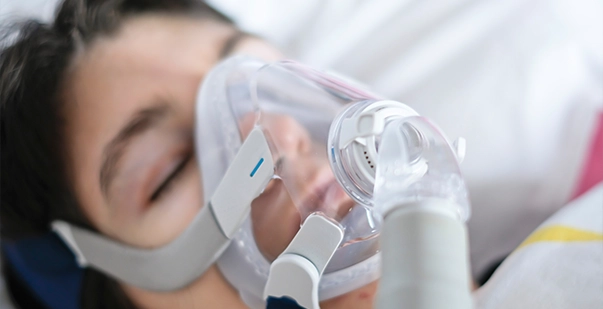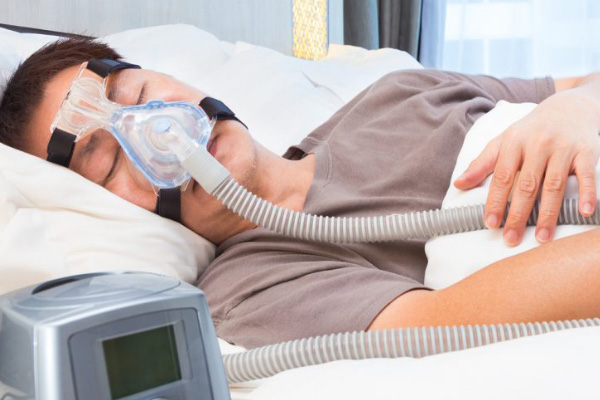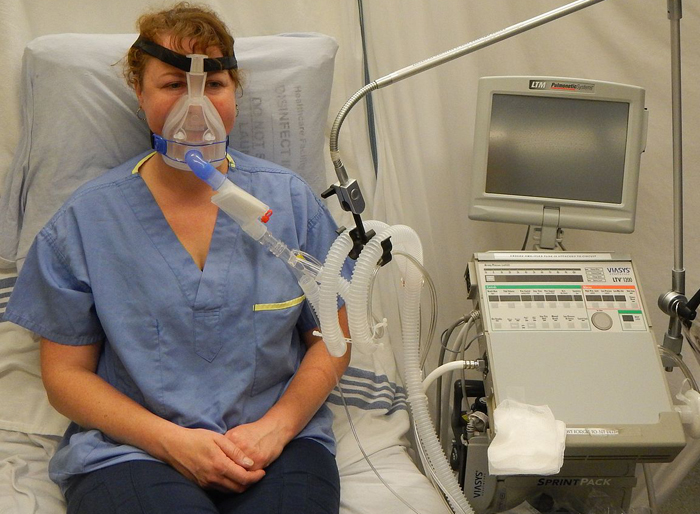Vital Tips for Picking a BiPAP Rental Solution
Vital Tips for Picking a BiPAP Rental Solution
Blog Article
Bipap vs. CPAP: Which Is the most effective for Your Rest Condition?
When browsing the complexities of rest disorders, the choice in between BiPAP and CPAP therapy is a crucial factor to consider. Each modality offers unique benefits tailored to specific conditions, yet the decision hinges on individual client needs and comfort degrees. While CPAP offers a stable air movement suitable for obstructive rest apnea, BiPAP's double stress settings might enhance convenience for those with more elaborate respiratory problems. Recognizing these distinctions can significantly affect therapy efficiency, leaving one to contemplate which alternative absolutely lines up with their wellness demands and way of living.
Recognizing Rest Disorders
Sleep problems incorporate a variety of conditions that disrupt normal rest patterns, influencing both the high quality and duration of remainder. These problems can manifest in numerous kinds, including insomnia, rest apnea, narcolepsy, restless leg syndrome, and parasomnias. Each condition offers distinct difficulties, typically resulting in considerable daytime fatigue, cognitive impairment, and psychological disturbances.
Sleeping disorders is identified by problem falling or remaining asleep, while sleep apnea entails repeated disruptions in breathing during sleep, typically bring about fragmented remainder. Narcolepsy, on the other hand, is marked by too much daytime drowsiness and unexpected rest strikes. Restless leg syndrome triggers uneasy feelings in the legs, prompting an uncontrollable urge to relocate them, which can also impede the capacity to go to sleep.
The impact of rest conditions prolongs beyond individual health and wellness, influencing overall productivity, connections, and lifestyle. Comprehending the specific nature of each problem is crucial for reliable diagnosis and treatment. As rest wellness comes to be progressively identified as an essential element of total health, addressing these problems is necessary for enhancing both rest top quality and everyday functioning.
How CPAP Works
Continual Positive Airway Stress (CPAP) therapy is frequently used as a key treatment for obstructive rest apnea (OSA) The system of CPAP involves the usage of a maker that delivers a stable stream of air with a mask used during sleep. This airflow preserves positive stress in the airway, avoiding the collapse or blockage of the throat that can happen during rest.
When a patient takes in, the CPAP device provides a constant flow of air, making certain that the airway remains open - BiPAP Rental. This not just reduces the symptoms of OSA, such as snoring and disrupted rest patterns, however also decreases the associated health and wellness threats, consisting of cardiovascular issues and daytime fatigue
The pressure setups on a CPAP equipment can be personalized to satisfy individual client demands, commonly determined through a sleep research study. On the whole, CPAP therapy has been shown to substantially boost the top quality of rest and overall health for individuals experiencing from obstructive rest apnea.
Exactly How BiPAP Functions
BiPAP, or Bilevel Favorable Respiratory Tract Stress, is a specialized form of non-invasive ventilation that is especially beneficial for people with conditions such as intricate sleep apnea or breathing conditions. Unlike CPAP, which provides a constant stream of air at a single pressure, BiPAP provides two distinctive stress setups: a greater inspiratory pressure for inhalation and a lower expiratory pressure for exhalation. This dual-pressure strategy permits for less complicated breathing, lowering the initiative needed during exhalation.
The device operates via a mask fitted over the nose or mouth, attached to a maker that produces atmospheric pressure. When the patient breathes in, the maker provides the higher stress to help with airflow, ensuring that the airway continues to be open. Upon exhalation, the maker automatically reduces the stress, making it a lot more comfortable for the patient to take a breath out.

Secret Distinctions In Between BiPAP and CPAP

In comparison, BiPAP (Bilevel Positive Respiratory tract Pressure) provides 2 different pressure setups: one for breathing and a lower one for exhalation. This double stress system allows for more comfy breathing, particularly for individuals who have problem with exhaling versus a constant pressure. BiPAP is often advised for clients with intricate sleep apnea, persistent obstructive lung condition (COPD), or those who call for extra support during rest.
Furthermore, the complexity of BiPAP devices typically results in a higher expense and needs a lot more cautious titration than CPAP. BiPAP Rental. Recognizing these vital distinctions can assist in recognizing which device may be more suitable for particular sleep conditions, setting the groundwork for informed treatment decisions
Choosing the Right Therapy
How can one determine one of the most ideal treatment for taking care of rest conditions? The choice in between BiPAP and CPAP therapy mostly hinges on the specific features of the rest disorder, the person's total health and wellness, and their comfort with the device. CPAP, which delivers a continual stream of air, is generally recommended for obstructive sleep apnea (OSA) It maintains an open airway throughout sleep, efficiently avoiding apneas and hypopneas.
Conversely, BiPAP gives 2 levels of stress: one for inhalation and a lower one for exhalation. This dual stress system is valuable for individuals with complex rest apnea or those that experience trouble exhaling against a continual stress. In addition, BiPAP is typically recommended for people with breathing conditions, read what he said such as chronic obstructive lung disease (COPD), where differing stress settings can boost comfort and compliance.
Inevitably, a thorough examination by a rest specialist, consisting of a sleep research study, can aid identify which treatment lines up best with the client's requirements. Variables such as convenience, convenience of usage, and certain medical conditions should likewise be considered to maximize treatment end results.
Conclusion
In summary, both BiPAP and CPAP offer distinct functions in the monitoring of sleep disorders. CPAP works for obstructive rest apnea with consistent air movement, while BiPAP supplies dual stress setups that boost comfort for those with complicated rest apnea or breathing concerns. The option in between these therapies ought to be assisted by individual demands and problems, demanding a comprehensive assessment by a rest expert to make certain optimum therapy results and enhanced quality of rest.

Overall, CPAP therapy has been revealed to dramatically improve the high quality of rest and total wellness for individuals suffering from obstructive sleep apnea.
BiPAP is commonly advised for patients with complex sleep apnea, persistent Recommended Reading obstructive lung condition (COPD), or those that require extra support during rest.
CPAP is reliable for obstructive sleep apnea with regular air movement, while BiPAP uses double pressure settings that enhance comfort for those with complex sleep apnea or breathing issues.
Report this page